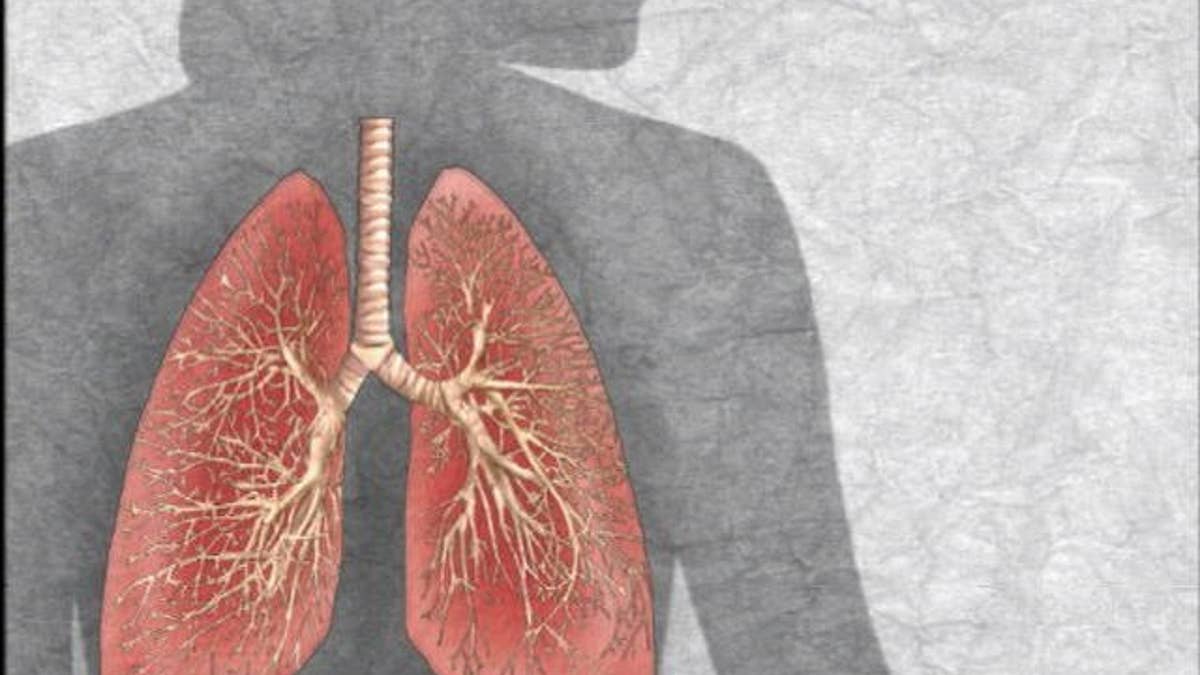
(AP)
A landmark study showing that routine lung screening of heavy smokers and former smokers using low dose CT scans could save thousands of lives is sure to set off a fierce debate about the cost of such testing on an overburdened health care system.
The U.S. National Cancer Institute studied more than 53,000 people between the ages of 55 and 74 deemed at high risk of developing lung cancer. It found that screening with the three-dimensional X-rays cut deaths by 20 percent.
Details of the study and a discussion of its implications were published on Wednesday in the New England Journal of Medicine, lending additional weight to initial findings that were released in November.
The discussion noted that radiologists using more advanced CT equipment than was available for the study could lead to an even larger reduction in lung cancer deaths. At the same time, the potential for many more false positive results could rise.
Some cancer experts say the results demand CT screening for high risk individuals become the standard of care.
"With this large a study that was so carefully done, it becomes the gold standard and it should become practice," said Dr. Stan Gerson, director of the Seidman Cancer Center at the University Hospitals Case Medical Center in Cleveland.
Lung cancer is by far the leading cancer killer in the United States, with more than 157,000 deaths annually. Caught early, it can be cured surgically, but it is typically not diagnosed until it has spread. Only about 15 percent of lung cancer patients live 5 years or more.
Gerson's hospital began such screenings this month at a reduced rate of $99 while it is not yet covered by insurance.
He and other doctors face an uphill battle to convince government programs and health insurers to pay for routine testing of millions of people, just as they try to rein in ballooning costs.
"Before public policy recommendations are crafted, the cost effectiveness of low dose CT screening must be rigorously analyzed," the New England Journal article said. The cost includes not just screening, but also the expense of diagnostic follow-up and treatments.
It said some 7 million people in the United States would qualify for screening based on the trial criteria, out of 94 million current and former smokers and many more exposed to secondhand smoke.
NEW SCREENING GUIDELINES
Dr. Bruce Johnson of the Dana Farber Cancer Institute in Boston and a member of the American Society of Clinical Oncology's (ASCO) board of directors said the organization is examining the most appropriate way to implement the findings.
ASCO is working with the National Comprehensive Cancer Network, the American Cancer Society and the American College of Chest Physicians to come up with clinical practice guidelines "in a matter of months," Johnson said.
"We think this is going to change the paradigm," he said. "Personally, based on what was released, if a family member or loved one fit the study criteria I would have recommended to them that they get a screening CT scan."
"If you were to implement this in a broad population it's very expensive," Johnson admitted. "In a setting of infinite resources it absolutely should be offered."
But the debate over who will shoulder the financial burden of millions of tests that currently cost about $300 to $500 each may rage long after the new guidelines are issued.
"Lung cancer kills more people than breast cancer, prostate cancer and colon combined and they all have routine screening," said Dr Michael Brant-Zawadzki, from Hoag Memorial Hospital in Newport Beach, California, and an adjunct clinical professor of radiology at Stanford University who was not involved in the study.
The cost and value of routine screening for all three of those cancers have been hotly debated and all were deemed to be worthy of coverage by Medicare and health insurers.
Brant-Zawadzki said the National Lung Screening Trial had an extremely high threshold to prove the life-saving value of CT screening.
Subjects in the study received either three annual CT scans or standard chest X-rays and were followed for eight years to yield the results.
"The trial unabashedly, definitively proved it saves lives way more than mammography has proved it saves lives," he said. "So the real debate is how much are we willing to spend to save lives in a population that we know we can save lives in. It may take an act of Congress that makes this decision."
There is little consensus among healthcare providers over whether the life-saving CT screening could ultimately save healthcare costs down the road.
Gerson believes that early detection, followed by surgery, would save the costs now paid for patients diagnosed when the disease is more advanced, including dozens of medical visits within a year and expensive drugs.
Brant-Zawadzki, while fiercely advocating for CT screening, said it can only raise healthcare costs. He said because lung cancer is usually diagnosed late and most patients die within five years, it is currently one of the least expensive major cancers in terms of overall cost.
Johnson said it was extremely difficult to know what the ultimate burden on the system might be.
"When you do something that makes people live longer you potentially add more healthcare costs because the people live a long time," he said.
But there is one lung cancer strategy on which all interested parties are in complete agreement.
"By far the most effective cost benefit is doing everything we can to get people to not start smoking and getting people who are smoking to quit," Johnson said.
